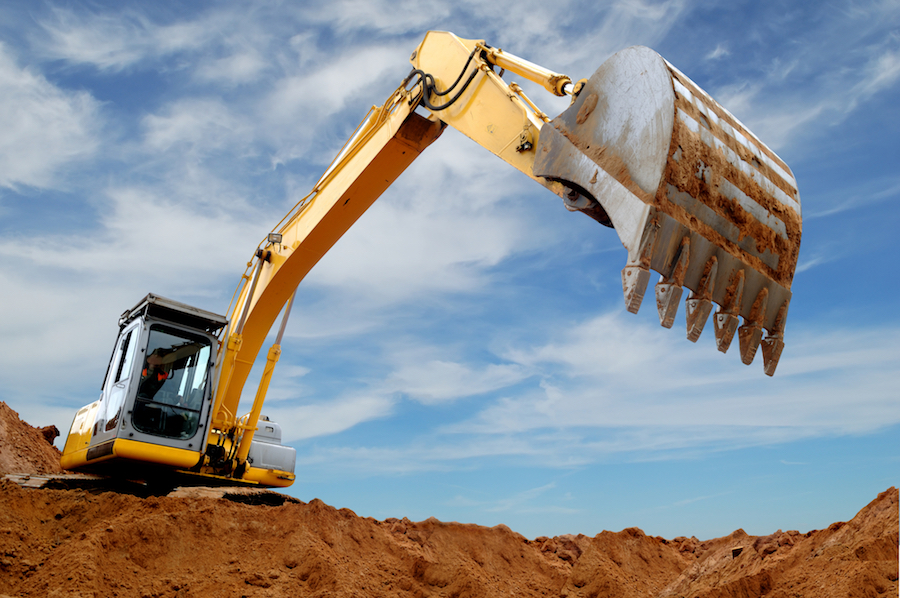Commercial below grade waterproofing

A very common issue with commercial buildings is water infiltration and deterioration of structural elements below ground. Unlike damage to masonry veneers, problems below the ground aren’t easily spotted in their early stages. Even a small leak can be indicative of a much larger structural or moisture related issue.
Any damage to the foundation or subgrade walls is a structural issue that needs to be taken care of quickly. You may not be able to control what kind of moisture Oklahoma weather throws at your building, but there’s a lot you can do to prevent damage from that moisture.
How does water affect buildings below the ground?
 An abundance of water in the ground around your building (saturated soil) is typically caused by poor drainage design, inadequate downspouts/guttering, or an abnormally high water table. If these types of issues are left unresolved, it can cause serious stress and damage to your building.
An abundance of water in the ground around your building (saturated soil) is typically caused by poor drainage design, inadequate downspouts/guttering, or an abnormally high water table. If these types of issues are left unresolved, it can cause serious stress and damage to your building.
As moisture migrates into the building substrate, it is under extreme hydrostatic pressure due to the weight of the ground settling against the building substructure. When ground water is under pressure like this, it is virtually injected into small seams, cracks, and exposures that have developed over in the substructure after years of stress. This causes more wear, which in turn leads to more weakness.
How do you repair subgrade structures?
 To correct this problem, we excavate a trench around the foundation of the building, down to the footing depth. From there, we have a few important tasks. First, we will thoroughly clean the substrate. Second, the cracked or spalled concrete/masonry needs to be repaired to eliminate exposures, which is usually the source of the water infiltration. Third, we install a liquid or sheet membrane on the exterior of the subgrade walls and cover the footing to waterproof it. Finally, drainage and downspout enhancements can be installed, if necessary, before the trench is backfilled and compacted.
To correct this problem, we excavate a trench around the foundation of the building, down to the footing depth. From there, we have a few important tasks. First, we will thoroughly clean the substrate. Second, the cracked or spalled concrete/masonry needs to be repaired to eliminate exposures, which is usually the source of the water infiltration. Third, we install a liquid or sheet membrane on the exterior of the subgrade walls and cover the footing to waterproof it. Finally, drainage and downspout enhancements can be installed, if necessary, before the trench is backfilled and compacted.
Preventative measures will greatly reduce repair costs.
Many building owners are tempted to adopt a patch-as-you-go strategy for leaks and damage, to avoid excavation. But trying to treat the symptoms of a moisture problem from the interior often only worsens the problem by trapping moisture. The best way to resolve moisture issues is to excavate and waterproof the structure using a membrane, so you can rest assured that your building stays dry and structurally sound.
There are other techniques that can help resolve below grade moisture that involve pressure injection of hydrophilic polymers and grouts. However, the injection methods are only recommended for instances where excavation and exterior waterproofing are impossible. This would include cases where a multi-level substructure is centrally located in relation to its above grade structure or if the excavation process required was too large of an impact to the operation of the building.
These types of scenarios can leave a building owner or manager with limited options with regard to long-term repairs, but there are always options if you are able to think outside of the box.
Have further questions about below grade waterproofing? Let’s talk about your building and your specific needs.
